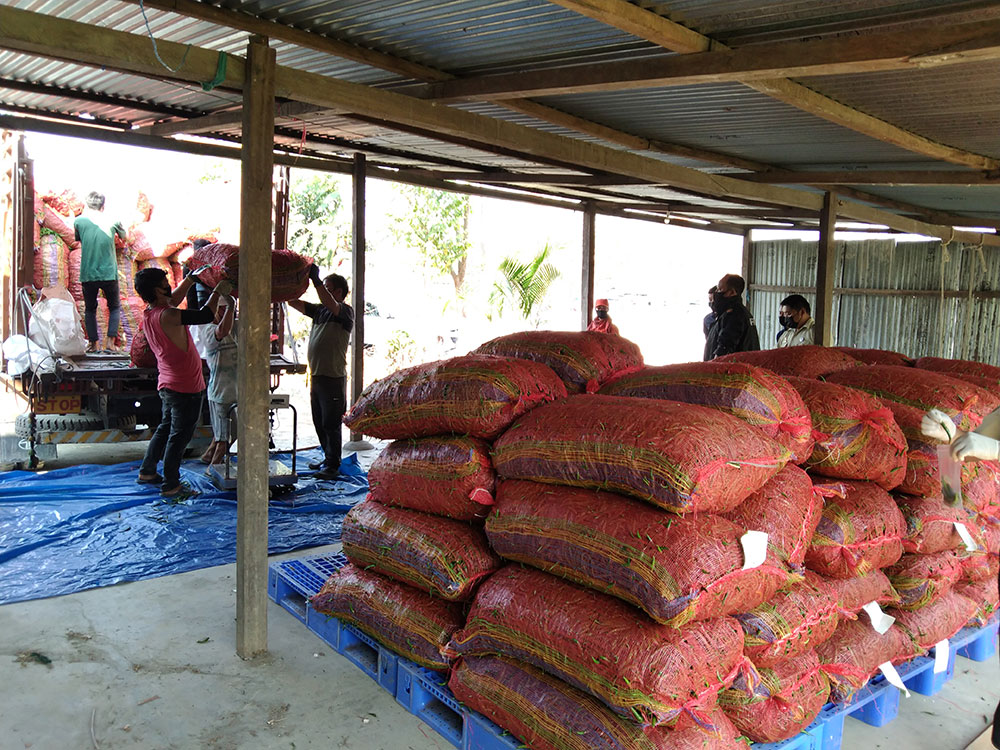Nima | Gelephu
The Food Corporation of Bhutan Limited in Gelephu imported eight metric tonnes of green chilies from India and started supplying them to the dzongkhags in the central region yesterday.
The import of green chilies coincided with farmers from Sarpang starting their chili harvest.
Farmers in Sarpang started to plant chilies early, hoping for enough of a supply by the end of February. But the farmers lost an early batch to pests and disease in October and November.
The FCBL supplied imported chilies in Gelephu at the wholesale rate of Nu 65 per kg. Officials said the vendors would be able to sell the spice at Nu 100 and not more than Nu 120 per kg.
The imported chilies were sold at Nu 150 and 200 per kg in the market in Gelephu yesterday.
A farmer from Samtenling, Deepak Chhetri, said the decision will discourage the farmers who have been working hard to produce winter chilies.
“Farmers will have enough chilies to supply in a few weeks. We have started harvesting. But it will be difficult to sell at Nu 65 per kg,” he said.
He added that it is expensive to grow chilies organically because of high costs and high labour charges.
“The government should have lifted the ban until February 15. We will have an abundant supply by then. If we were allowed to use pesticides and chemicals, we would also be able to produce the spice as expected,” said Deepak Chhetri.
Most farmers in Sarpang said the government encouraged them to grow winter chilies, only to discourage them in the end.
Deepak Chhetri said growing chilies organically is challenging, as it takes time to start fruiting.
Officials from Regional Agricultural Marketing and Cooperatives (RAMCO) in Gelephu said chili was the third-highest grown vegetable in Sarpang, after beans and cabbage. However, the production was low this year.
RAMCO marketing officer Pema Dawa said the import was a time-bound initiative to stabilise the price in the market. “Farmers tried producing chilies early but failed. The import will be stopped when farmers start producing enough chilies by March.”
The Sarpang dzongkhag agriculture sector has invested close to Nu 15 million in the past two years to enhance the winter vegetable production. Chili seeds worth more than Nu 600,000 were supplied to farmers in 11 gewogs.
Farmers alleged that the price hike in chilies was because of the vendors.
“The vendors decided the rate for chilies at the source and in the market. There is no one monitoring them, but we are blamed for the hike,” said a farmer.
The chili-growing area almost doubled from 102 acres in 2018 to 227 acres in 2020 in Sarpang.


